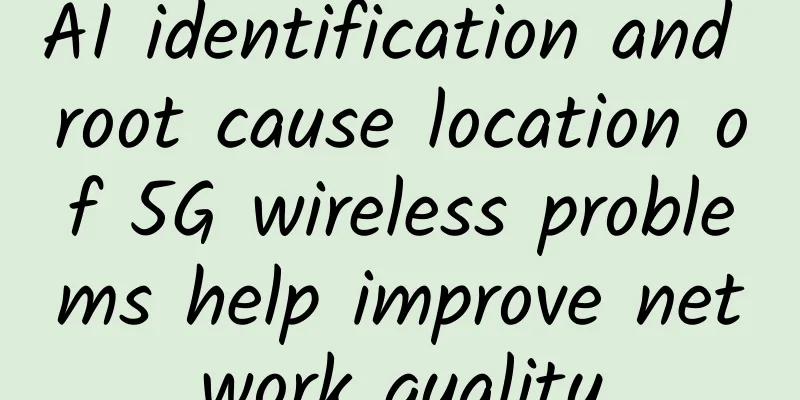Four Best Practices for Network Cable Management

|
If a cabling project is to be successful, you first need to understand the requirements of the cables you need. The speed you need, the distance you need to cover, the need for power, all of these factors will determine where to plug and place your Cat5, Cat6, Cat8 or any other cable. Specifications for different types of cables will determine: maximum distance the cable can be run, cable bend radius, patch panel specifications, and other criteria. These considerations should help avoid costly mistakes, such as draping network cables over transformers and elevator motors. But beyond specs, network engineers should keep in mind some cabling best practices to keep cables alive after they’ve been pulled. To prevent cables from getting tangled, consider these four cable management ideas.
1. Organize cablesIn the data center, keep cables away from walkways and work areas behind rack equipment. Use cable trays overhead or under raised floors. Use cable supports and organizers at the back of racks. On the equipment side, whether it's a server or a switch, leave some space for patch cables so you can easily plug and unplug them from the equipment. The same advice applies to patch panels. Outside the data center, cables can be hidden in closets, walls, and ceilings and secured with cable ties, such as metal ties, plastic ties, or Velcro straps. This neatness prevents cables from getting caught in other infrastructure and can prevent cables from getting lost in the physical environment and being difficult to find when repairs are needed. 2. Pay attention to the cable weightBundles of network cables can be heavy. If the cables are not lying on the floor, always provide adequate support, which in some cases can double as a cable organizer. Weight can be a pressing concern when upgrading older cables. Newer specifications that support Power over Ethernet, such as Cat6A, can be significantly heavier than the older cables they replace. This can be a problem for overhead ducts in data centers and cable racks in data centers, wiring closets, or high ceilings. 3. Use colors and labels to differentiate cablesEvery cable has two ends, and you need to make sure you are treating both ends of the same cable. For convenience, both ends should have cable labels with a numeric or alphanumeric code that embeds information about the run, such as which cabinet the cable came from. Cable codes do not have to be unique overall. They only need to be uniquely identified at the end of the cable, such as in a cabinet or within a data center. It's usually not helpful to get more specific than the cabinet identifier in the cable label code. Some network managers want to embed the switch, panel, or rack number, or even the patch panel outlet or switch port number, but all of these are subject to change. The wiring closet where the cables end rarely changes. Color coding is another way to easily identify cables when troubleshooting or moving, adding and changing cables. The cables for data connections can be one color, storage network connections can be another color, and keyboard video mouse connections can be a third color. The downside to color coding is that patch cord reuse is more limited. To avoid this, use colored tape near the ends of the cables instead of color coding the cables themselves. You can even pair labels and color coding by printing the cable code on the colored labels. 4. Record, record, recordIt’s hard to manage cables if you don’t know where they are. Where cables are not visible, make sure there is a map or diagram showing where they are placed. This includes cables running under raised floors, which can be difficult to find or see under fully loaded equipment racks. Maps and diagrams are also very important any time cables are running through underground conduits between buildings. |
>>: Network optimization through automation and modernization
Recommend
Tencent Cloud Hong Kong Data Center Restocking, Lightweight Server/CVM Cloud Server Optional for New and Old Users
Last month, many friends who wanted to buy Tencen...
Compared with the insecure HTTP, how does HTTPS ensure network communication security?
HTTP is an excellent communication protocol, but ...
Five best practices for improving network uptime
In the near future, no one should have to wait fo...
Tencent Cloud: 11.11 Cloud Shenghui Cloud products limited time sale, 1 core 2G cloud server first year 88 yuan
From online to offline, the annual 11.11 (Double ...
Blockchain cross-domain security solution
1. Evolution of blockchain development Looking ba...
Σco Time | Grasping new trends, Hunan's smart campus transformation is accelerating
【51CTO.com original article】 Networking, digitiza...
Popular understanding of the seven-layer network protocol
[[256704]] The seven layers of OSI are briefly in...
Websites and mobile application services are becoming increasingly complex. Ruishu Information has opened a new starting point for "dynamic braking" safety
[[188848]] In order to obtain huge economic benef...
PON is not just about “breaking” the network!
Have you ever complained in your heart about &quo...
RepriseHosting: 30% off Seattle servers, L5640/16GB/1TB/10TB starting at $27/month
The tribe has shared information about RepriseHos...
Wangsu Technology launches edge AI gateway to help developers build AI
On July 11, Wangsu Technology announced the launc...
Promote high-quality development of 5G digital "new infrastructure" through development model innovation
The CPC Central Committee and the State Council a...
5G and IoT set off a revolutionary wave and provide new value
[[284710]] [51CTO.com Quick Translation] In today...
KubeDL joins CNCF Sandbox to accelerate the cloud nativeization of AI industry
On June 23, 2021, the Cloud Native Computing Foun...









